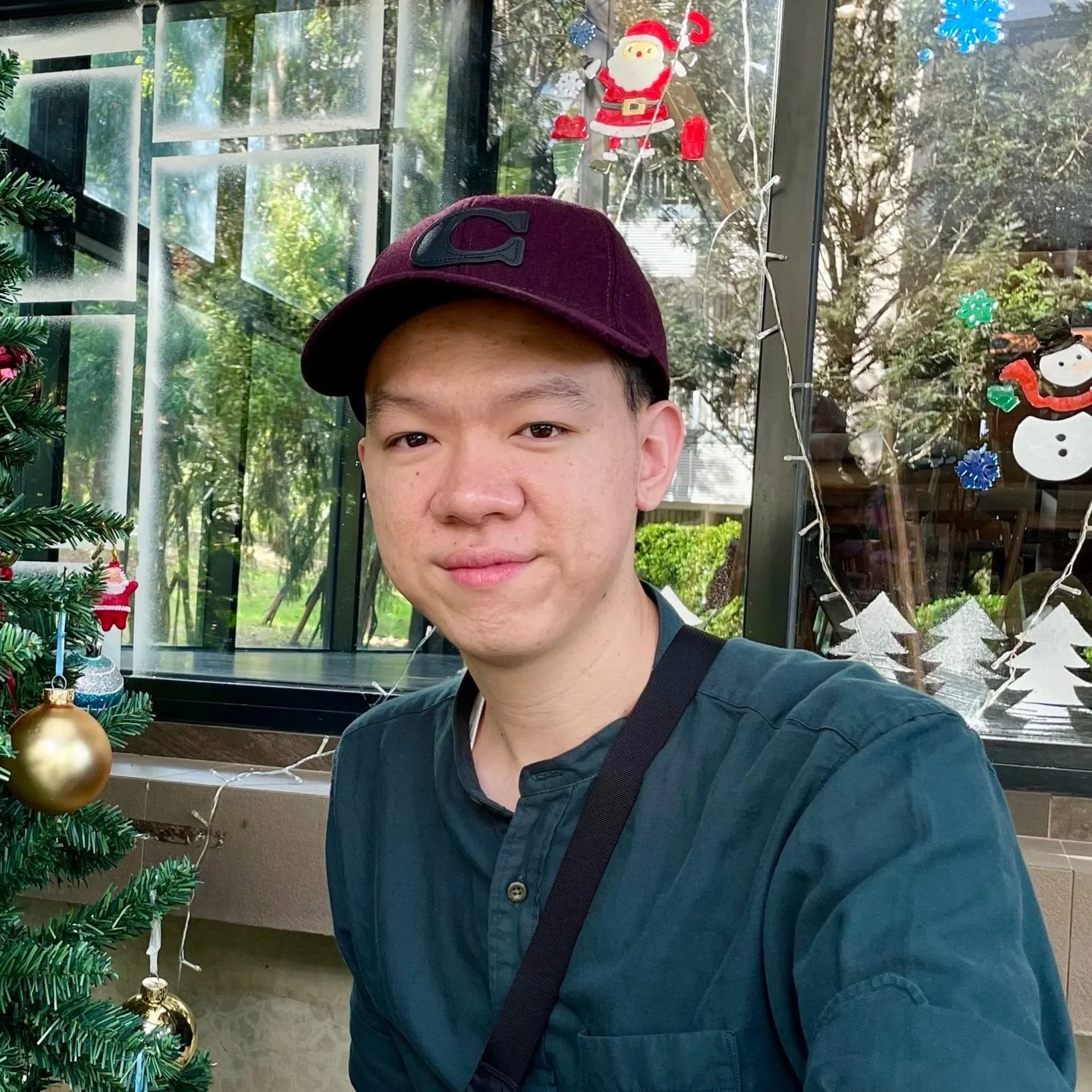Exploring Cell Cycle Dynamics: The Dual Role of FOXM1 Revealed by a Tunable Biosensor
In our latest paper published in Journal of Cell Science (2025), we introduce a powerful new tool to study the dynamics of FOXM1—a transcription factor essential for cell division and commonly dysregulated in cancer.
🧪 The Innovation: FOXM1-D Biosensor
Our team engineered a chemically tunable biosensor, FOXM1-D, by fusing FOXM1 with mVenus and a destabilizing DHFR domain, allowing precise control of FOXM1 levels using trimethoprim (TMP). This system enabled real-time tracking and manipulation of FOXM1 levels across the cell cycle in non-malignant MCF10A breast epithelial cells.
Using live-cell imaging and quantitative modeling, we uncovered that:
FOXM1-D overexpression promotes early cell division, especially during G1 and S phases.
However, sustained overexpression leads to G1 arrest in daughter cells, mediated by p21 upregulation and RB hypophosphorylation.
Single-cell analyses revealed two distinct fates: cells with transient FOXM1-D elevation proceeded to divide again, whereas those with sustained FOXM1-D expression underwent a senescence-like arrest.
This tunable system provides one of the first dynamic demonstrations of the dual role of FOXM1 as both a driver of proliferation and an inducer of arrest, depending on timing and expression kinetics—a phenomenon difficult to capture in bulk-cell analyses.
🎯 Implications for Cancer Research
The study highlights how imbalanced FOXM1 kinetics, often observed in cancers, may either drive tumorigenesis or induce senescence. The insights gained from this model may help design precision therapies that target FOXM1 activity in a time-sensitive manner—enhancing anti-cancer efficacy while avoiding unintended proliferation.
👩🔬 Meet the Minds Behind the Paper
In a companion “First Person” interview published by JCS, we gain personal insights from Kriengkrai Phongkitkarun, a MS student from Mahidol Biomedical Engineering department, and Porncheera Chusorn, a lecturer at Roi Et Rajabhat University, our recent postdoc.
🌱 Kriengkrai: From Engineering to Systems Biology
With an engineering background, Kriengkrai brings a quantitative mindset to biological problems. His passion for complex systems led him to systems pharmacology, where he now uses computational modeling and live-cell imaging to decode cell cycle regulation.
He shares in the interview:
“I am fascinated by how cell fate is decided not just by molecules, but by the timing and coordination of their activities.”
Kriengkrai sees this work as a stepping stone for developing computational models of cell proliferation that can inform cancer therapy, particularly in tumors driven by transcription factor dysregulation.
🌟 Porncheera: Bridging Teaching and Research
Porncheera, a dedicated educator, emphasizes that research is not only about discovery but also about communication and inspiration. Having transitioned from a postdoc to a teaching university, she hopes to bring cutting-edge knowledge back to students in the Thai provinces.
She notes:
“Being part of this project taught me how systems biology can be applied even in basic questions like how one transcription factor shapes cell behavior.”
🧩 Closing Thoughts
This study exemplifies how synthetic biology, live-cell imaging, and systems modeling can converge to reveal fundamental biological mechanisms. The FOXM1-D system will likely become a model platform for further exploration of cell cycle regulation, oncogene dynamics, and therapy design.
For Thailand’s growing systems biology and pharmacology community, this work is also a proud moment—showcasing homegrown innovation with global relevance.
📄 Citation: Phongkitkarun K, Chusorn P, Kamkaew M, et al. A chemically tunable FOXM1–DHFR sensor reveals the direct influence of FOXM1 on the cell cycle. J Cell Sci. 2025;138(14):jcs263749. https://doi.org/10.1242/jcs.263749



